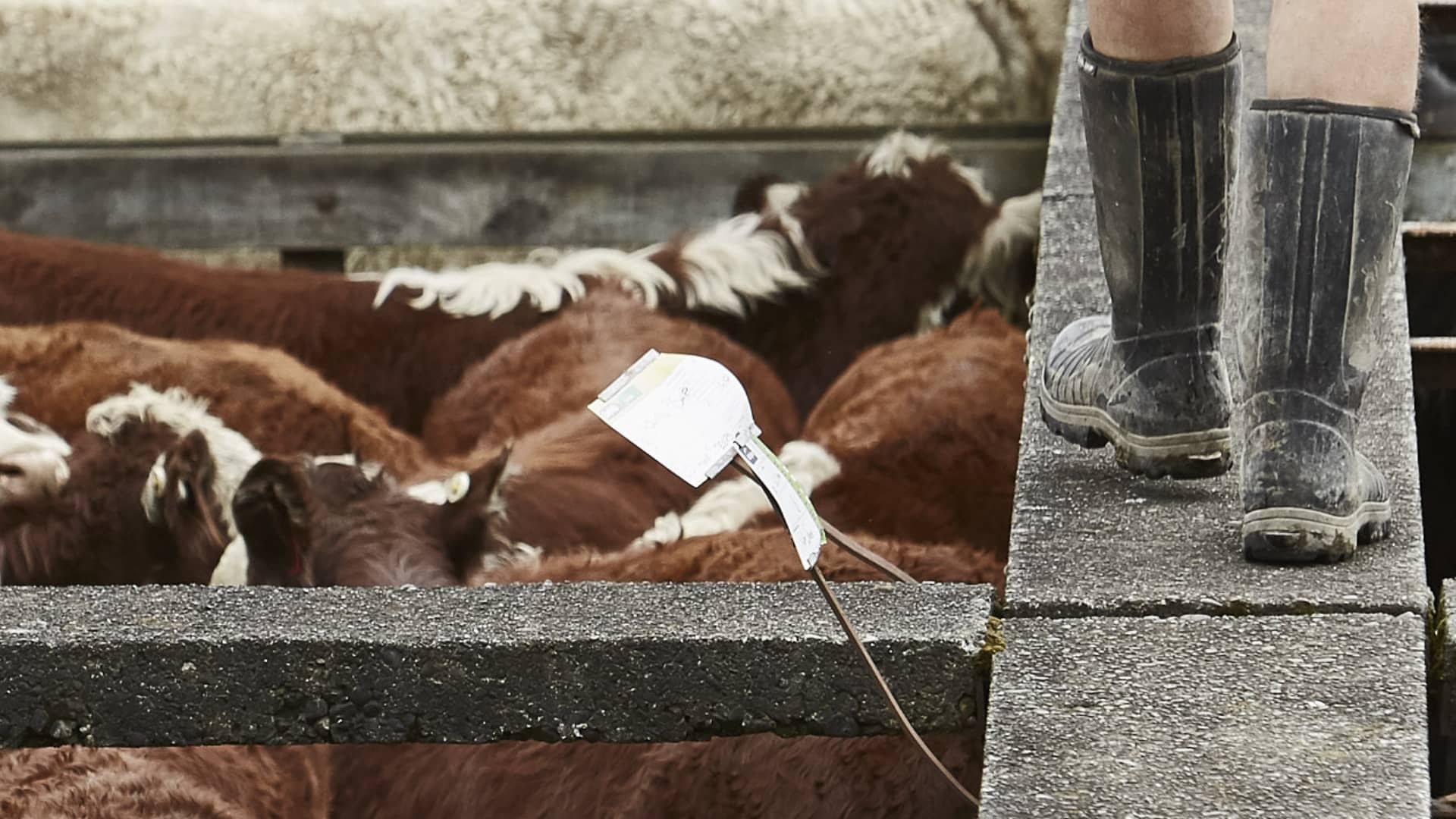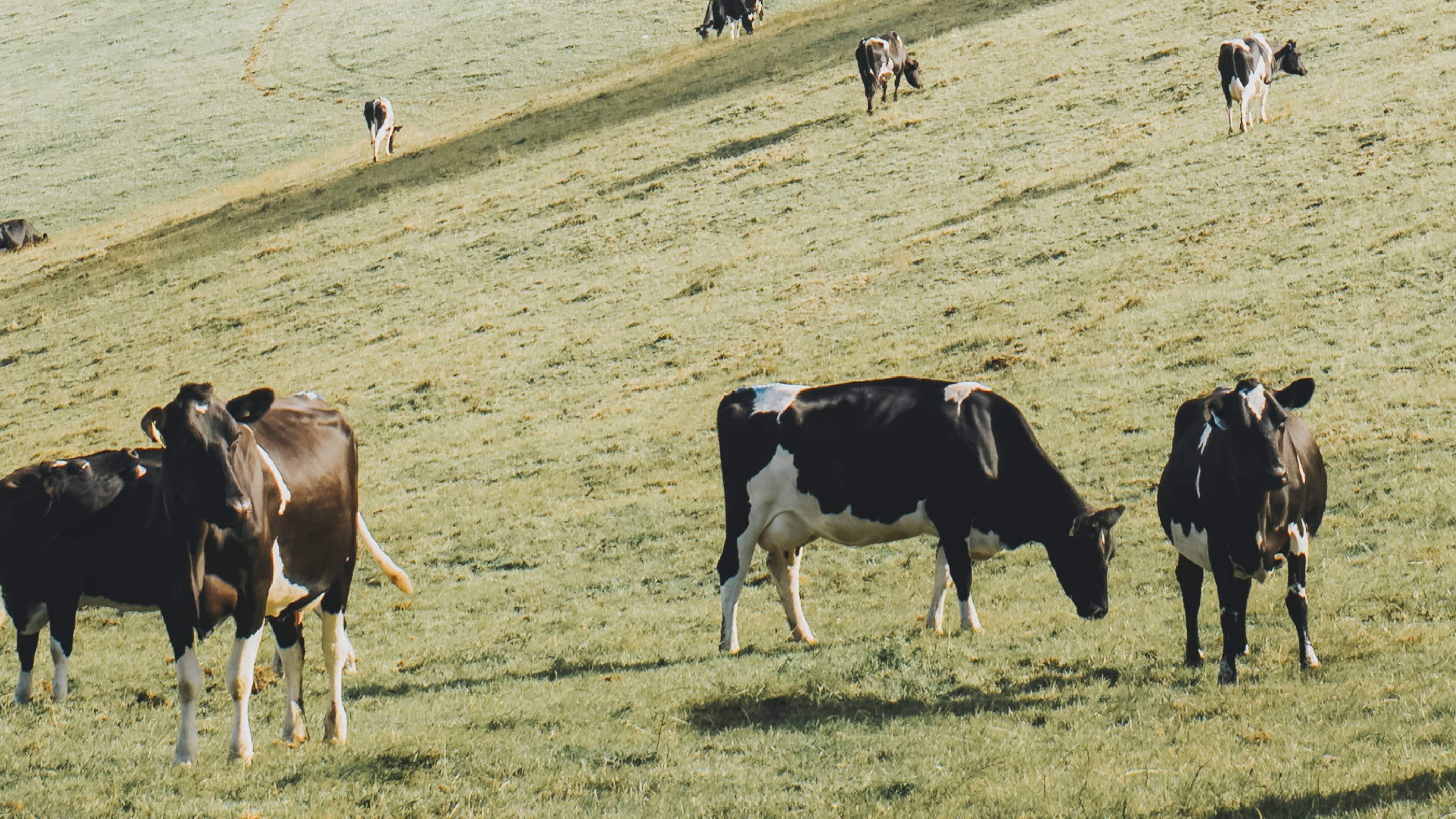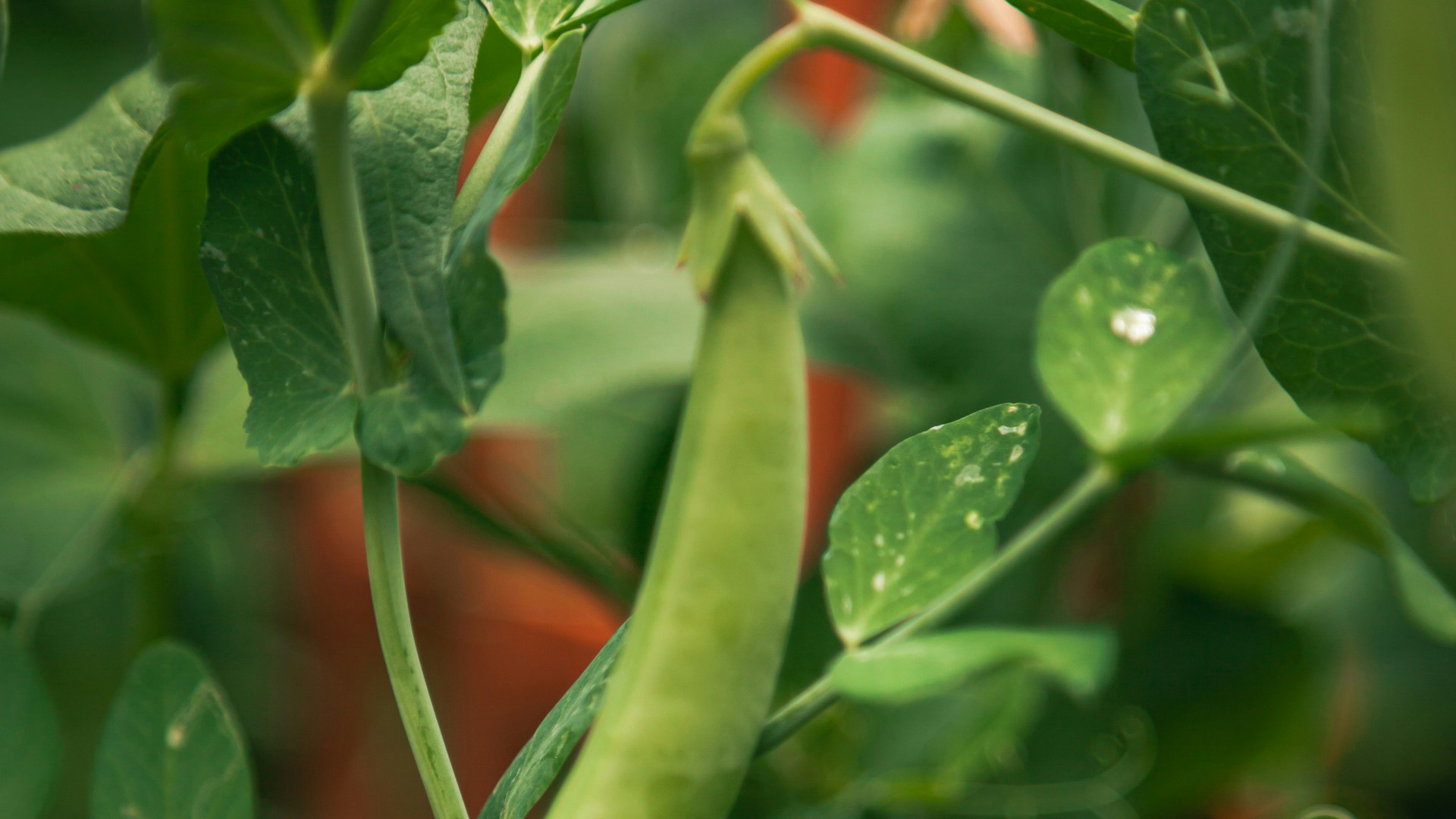1. Introduction
This season is proving to be a good example of the volatility we experience in the primary sector with regard to managing the weather and product prices. Whilst some of the areas of the country such as Waikato, are experiencing very favourable weather conditions and off to a great start, excessively wet conditions in Southland and very dry conditions in North Canterbury are making challenging times for farmers on the ground. Equally, the commodity prices, across the sectors are variable, causing a big range in farm returns and farmer optimism.
In the sheep and beef sector, sheep pricing remains stubbornly low, while beef prices have recovered quicker than expected. In the horticulture sector, the profitability of apple farming is challenging, whilst kiwifruit is performing well. Recent payout improvements by Fonterra and other milk suppliers have been warmly received by dairy farmers. While there are green shoots of profitability returning in some sectors, our feeling at AgFirst is that farmers will be taking a cautious approach to discretionary farm spending until later in the season when actual production and income is realised.
When reflecting on the volatility in climatic conditions and commodity prices, our experience across all sectors suggests that the farmers and the growers in the upper quartile of profitability tend to take a long-term approach. By having a strong balance sheet this enables them to weather highs and lows. Interestingly the top quartile (profitability) of farmers and growers tend to have (slightly) above average expenses which is more than offset by higher production per hectare.
What is certainly noticeable is an improvement in farmer optimism. This is largely due to changes in government policy, a forecast reduction in interest rates, and on farm inflation coming under control. However, this does not belie the fact that there are increasing requirements from the markets with regard to environmental compliance and traceability, and I suspect we will see a continued shift to a market led approach, rather than a government enforced direction in the medium term.
James Allen, AgFirst
2. Dairy Sector Update
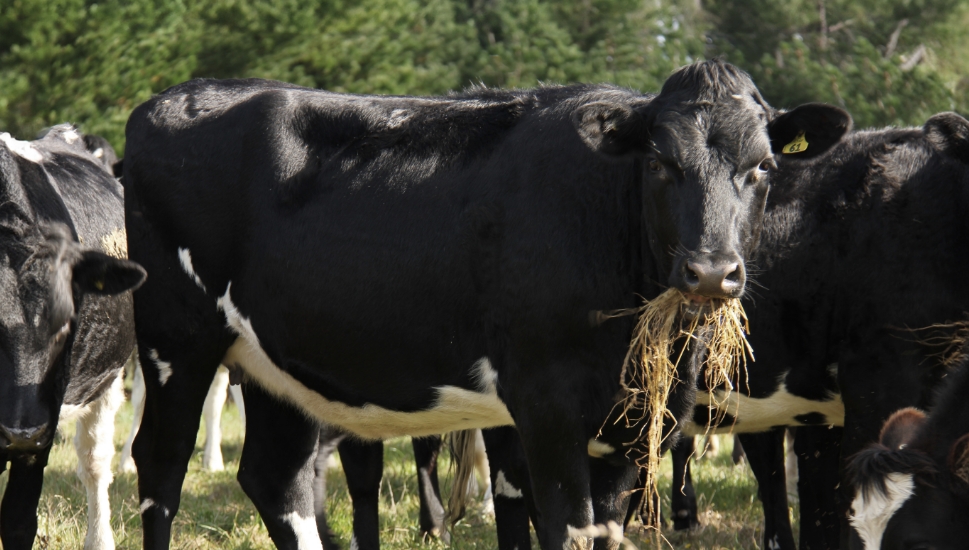
The dairy sector has received some warmly welcomed communication from milk suppliers in recent weeks with regard to milk prices. Fonterra’s announcement of a final milk price of $7.83/kgMS for 2023/24 was no real surprise, but the lift in the farm gate milk price to $9.00/kgMS, with a range of $8.25-$9.75/kgMS indicated some real confidence in market conditions.
The advance rates that farmers receive for milk supplied for the month has increased also which will have meaningful impact to business cash flow. It is standard for farmer overdraft facilities to be well utilised at the current point in the season so an upward increase of the advance rates will have positive influences on these pressures. For context, the advance rate for September paid October is $7.00/kgMS which compares to an advance rate of $5.10/kgMS for the same period last year. The dividend announcement for Fonterra of 70¢ per share for the 2023/24 season, and a forecast dividend for 2024/25 of 40¢-60¢ per share is also great news, providing a solid return on investment.
Organic Milk supplied to Fonterra has recently been announced as $10.92/kgMS, a record premium of over $3.00/kgMS and they have forecasted $10.60 as a mid-point for 2024/2025 season. Synlait, who have had their share of challenges lately, announced a final milk price for 2023/24 of $7.83/kgMS plus a reported $0.28/kgMS in incentives.
The forecasted predictions will add positive impact to businesses cash flow which is needed after a period of financial performance being challenging. The July 2024 AgFirst Dairy Financial Results show that break-even milk price from modelled data was $8.44/kgMS for 2023/2024 season and is projected to be $8.31/kgMS for the 2024/2025 season. Hence, since the start of the season, the average dairy farm has moved from a break-even financial position to a forecast surplus.
It is expected that on farm expenditure will remain under discipline for the remainder of the season as for most to generate a profit business expenses need to be well managed, along with the forecasted increase in milk schedules. The recent reduction in the OCR on 9 October of 50 basis points to 4.75 is the lowest level in 18 months and follows a reduction of 25 basis points in August. After remaining at 5.5 since May 2023, the last two OCR announcements have created some optimism that further changes to the OCR will be seen and therefore interest rate pressures to farming operations will see relief. There is one more Official Cash Rate announcement expected by the Reserve Bank by year end (27 November).
Increased operating expenses are affecting the processors across the sector also. The energy crisis the country seems to be in is causing concern within the milk and meat processors as the price of electricity and therefore cost of production continues to surge.
Most farms started in a positive on farm position for 1 June 2024 with improved cow condition, sound pasture covers and increased supplementary feed inventories. The top of the South Island however and areas in the lower North Island remained under pressure from the previously seasonally dry period.
The winter months have been workable with average to below average rainfall and generally warmer conditions. The traditionally colder districts have had a mixture of cold and dry conditions but greater sunshine hours. In general, pasture and crop and supplement utilisation has been above average to excellent. Farmers are reporting that median calving dates are tracking about a week ahead of expectations or the norm- which has put some pressure on feed supply as demand has lifted earlier than expected. Southland have been severely impacted by snow and high rainfall making for one of the toughest springs seen for a period of time.
For the July period the Year on Year (YOY) national production is up 9.2% which is a record tonnage produced for the month of July (6% higher than the 5-year rolling average). For the August period, YOY national production is up 9%, which is the highest August recorded tonnage since 2020. August national production is 2.6% higher than the 5-year rolling average. National milk production is expected to increase YOY per month by 1-2% for the months September and October.
Kate Berry, AgFirst
3. Sheep & Beef Sector Update
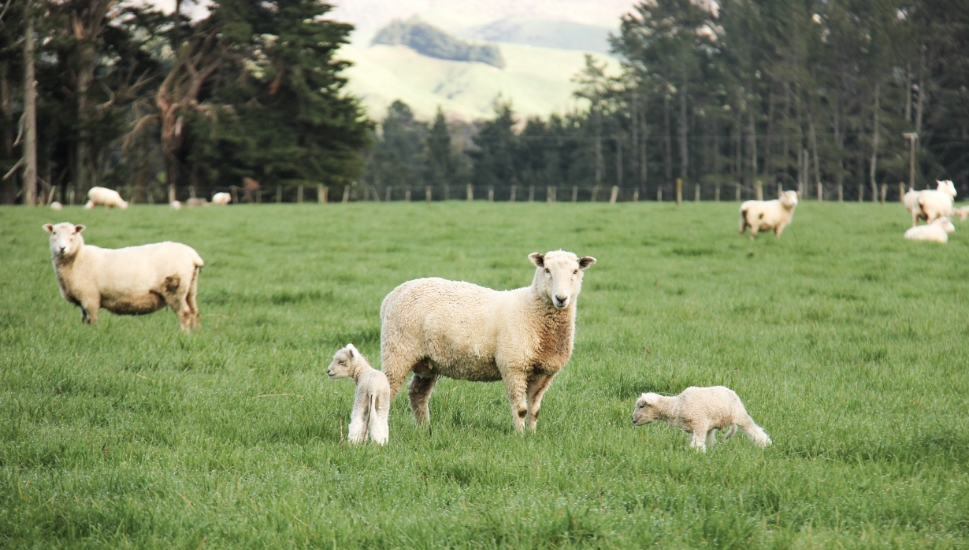
Beef prices have risen by approximately $1.00/kg compared to this time last year, with prime stock fetching around $7.15/kg. Beef traditionally sees its highest prices during this time of year, and the long-term outlook remains strong, driven by overseas demand and supply dynamics.
Winter lamb prices have seen a 10% increase year-on-year, now at $7.80/kg. This surge is largely due to a supply shortage, which is expected to persist through to November. While these prices are not expected to be sustainable long-term, the outlook for sheep farming remains slightly more positive than last year, providing farmers with cautious optimism.
Over recent years, cattle farming returns have nearly matched those of sheep farming, thanks to market conditions and rising costs, particularly around animal health and shearing in sheep farming.
The outlook for crossbred wool remains bleak. Although wool prices have increased by 45¢/kg from last year, they are still too low to inspire much confidence in the sector.
Scanning results across the East Coast of the North Island have been lower than average. However, lambing conditions have been favourable, with reports of minimal losses from farmers. Meanwhile, the South Island has faced harsh climatic conditions, including snow and very wet conditions in the deep south and ongoing drought in North Canterbury.
Farmers are continuing to reduce costs where they can, particularly in areas like repairs, maintenance, and fertiliser. Fertiliser companies and related industries are feeling the pressure, as many farmers have reduced their inputs for the third consecutive year—a worrying trend for the future. Fencing expenditure has also been slashed, with virtually no capital projects moving forward.
On a brighter note, the recent drop in interest rates—and the potential for further decreases—is encouraging. While some farmers with fixed rates may not benefit immediately, those able to take advantage are seeing significant savings.
In contrast to previous downturns, banks have been more supportive of farmers during this tough period, a shift from their traditional “fair-weather” approach. Farmers are also feeling cautiously optimistic about the current government’s policies, although any tangible benefits are yet to materialise.
The road ahead for sheep and beef farming remains challenging, but with a few positive trends, there’s room for hope.
Rob Hayes, AgFirst
4. Horticulture Sector Update

The 2023-2024 season was a dry one in Nelson, as predicted. We received 51% of our ‘normal’ rainfall for the months of October 2023 – April 2024, when compared to the rolling 30-year average. With the lack of rainfall came localised water restrictions, making it a challenging year for many growers. This is in contrast with parts of the North Island who haven’t had a chance to ‘dry out’ post Gabrielle and felt the effects of wetter harvest months with disease pressure.
In the pipfruit and kiwifruit sectors, the dry weather contributed to smaller fruit size across the region. As a result, yield was down from the crop estimates, however overall fruit quality has been good. For Gold kiwifruit, the dry weather promoted earlier maturing fruit with almost twice as many KiwiStart trays packed for the region compared to last season. This allowed many growers to counteract lower yields with premiums earned for earlier fruit.
Kiwifruit returns are slightly down but are still satisfactory for most growers, while pipfruit returns are close to ‘as expected’ and better.
With winter come and gone, most pruning decisions have been made and executed and growers are well on their way to determining their targets for the upcoming season.
There is a growing emphasis on maximising returns for premium, high grade fruit to help combat the ever-increasing costs of growing the crop – here’s hoping for a prosperous new season!
Aimee Lister, AgFirst
5. Dairy Bull Beef Update
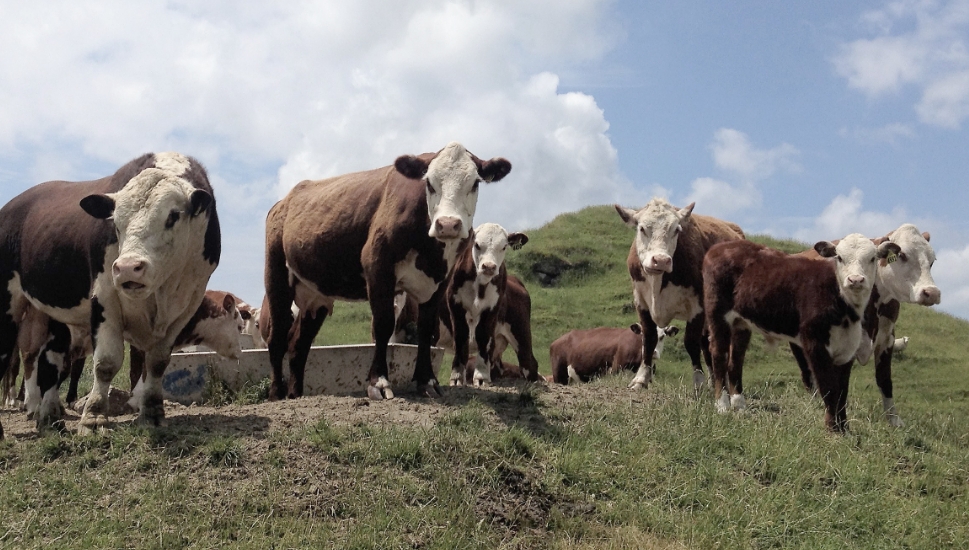
After a number of years of discussions around the issue of sustainability of non-replacement dairy calves, our perception is there is a noticeable shift in behaviour in the primary sector and a desire to take a pragmatic approach to finding practical solutions. Equally, the advent of new technology such as sexed semen and greater availability of using beef straws for artificial insemination, combined with wearable technology for dairy cows are seeing a noticeable shift in behaviour at the farm level. One of our Waikato team members, Bob Thomson, is leading the charge in this area and working with meat companies, dairy companies and the wider industry to create a more integrated solution for dairy beef.
Some of the key messages from Bob’s research includes:
- A carefully selected (using breeding values!) beef bull used over dairy cows can add significant value to a beef rearer. There is significantly more variation between individual bulls than between breeds, and thus we need to give more focus on individual size selection.
- A well-bred calf has a value to a beef finisher, whereas a poorly bred calf (with low breeding values) have nil or negative value.
An interesting read, from a slightly different angle is the Nuffield report by Matt Iremonger. Matt is also working on solutions to the surplus calf issue, and his Nuffield report is well worth reading. Matt raises some interesting questions around what the end consumer is looking for from our beef, and whether we are taking the right approach to providing high quality marbled product. Is there a solution? More use of grain fed finishing systems, whilst not forgetting our heritage with strength in pasture-based systems to add further value. His Nuffield report can be read here – What’s the beef?
James Allen, AgFirst
6. AgFirst Consultant wins Emerging Rural Professional Award
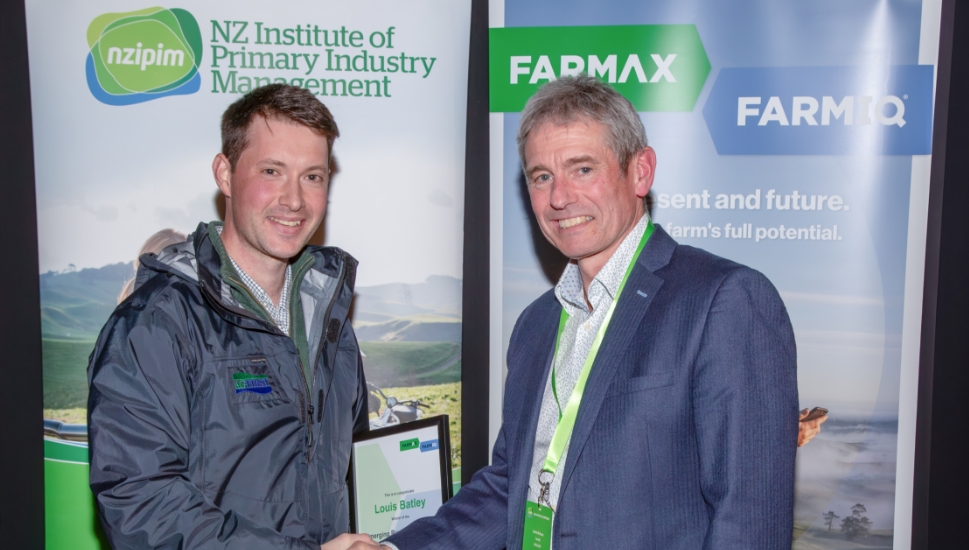
AgFirst is proud to announce that our very own agricultural and environmental consultant, Louis Batley, was named as the 2024 FarmIQ Systems Emerging Rural Professional of the Year. Louis, who operates out of the Manawatū-Whanganui region, emerged as the top candidate in a highly competitive field, recognised for his expertise in climate change modelling, carbon accounting, and comprehensive farm systems analysis.
Since joining AgFirst, Louis has quickly established himself as a key contributor to New Zealand’s agricultural sector. His collaborative efforts with farmers, industry stakeholders, and government entities have driven significant progress in sustainable farming practices and innovative agricultural solutions. This award is a testament to his dedication and the impact of his work in advancing the primary industries.
His achievements are further underscored by his earlier successes, including his victory at the 2021 IFAMA Global Student Case Study Competition in Costa Rica and his completion of the Kellogg Rural Leadership Programme. Louis’ research during the programme focused on enhancing leadership skills among early-career professionals in New Zealand’s primary sector.
The award judges were impressed by Louis’ in-depth knowledge, his ability to communicate complex ideas effectively, and the integrity and collaborative spirit he brings to his work. They also recognised the valuable global perspective he applies to local agricultural challenges, which positions him as a future leader in the industry.
On receiving the award, Louis expressed both surprise and gratitude: “I’m truly honoured to receive this award, especially considering the incredible talent among the finalists. I’m passionate about my work in the primary sector, and I’m grateful for the support from AgFirst, NZIPIM, and the MPI Career Pathways Scheme. This recognition reinforces my commitment to making a positive impact on the industry.”
The award was presented at the New Zealand Institute of Primary Industry Management’s (NZIPIM) National Conference Awards Dinner in August. The Emerging Rural Professional Award, which includes $3,000 in prize money for professional development, celebrates innovative young professionals with five years or less of industry experience.
James Allen, AgFirst CEO shared his pride in Louis’ achievement: “We are incredibly proud of Louis and the recognition he has received with this award. His dedication to advancing sustainable and innovative practices in agriculture is testament to the values we uphold at AgFirst. Louis’ commitment to professional growth and his ability to drive positive change within the industry makes him a standout leader among his peers.”
Jo Finer, chief executive of NZIPIM, also commended Louis’ achievement: “The integrity, collaborative approach, and innovation Louis has shown demonstrate the strength of our industry. It’s clear that he is a rising star, and we look forward to seeing his continued contributions to the sector.”
AgFirst congratulates Louis on this well-deserved recognition and looks forward to supporting his ongoing professional journey as he continues to make a positive impact on New Zealand’s primary sector.
7. Considerations for agri marketers
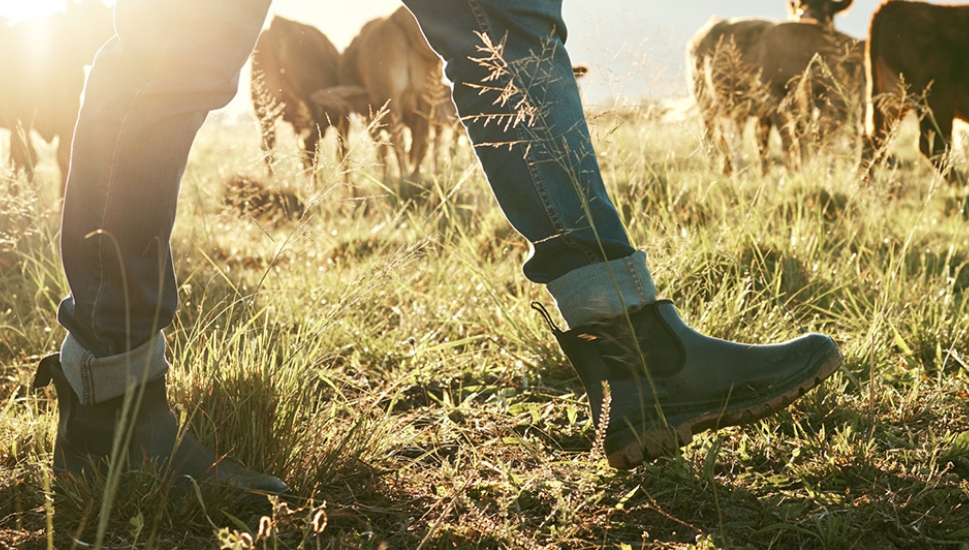
Despite the OCR cuts and the raft of bank rate cuts that have followed, from what we’re seeing, agrimarketers are remaining conservative with regards to both in-market activity and investment in strategic foundations. There’s a real feeling out there that while farmers are feeling the pinch at the farm gate, it would be insensitive to get out in front of them too boldly.
If there’s one thing marketing has proved time and time again, it’s that the brands and businesses who come out of a downturn the strongest are those who continue to market while the going is tough. With less activity in market comes less competition, so today’s smart marketer will lean in and make sure that their brand is consistently present even while we’re waiting for things to turn.
One of the side-effects of a shift to conservatism is that agri-advertising has become somewhat predictable and forgettable of late. We could even say boring. There’s a general trend in advertising away from doing anything truly attention grabbing and towards playing it safe. Effectiveness data has demonstrated again and again that strong, bold creative outperforms boring, mundane communication every time. But for some reason this is a lesson that too often goes unheeded. The smart marketer will see this downturn in creativity and shift towards category-level conformity as an opportunity to stand out in the crowd and build defendable distinction in their brand that creates long term equity that will outlast the short term trends of this economic climate.
Speaking of climate, planetary sustainability as a core tenet of brand storytelling continues to increase. It’s fair to say that it’s now a mandatory for ambitious agribrands to have a future-ready sustainability proposition aligned to a robust sustainability strategy. The two have to go hand in hand. Consumers and customers are seeing through token greenwashing efforts and demanding that brands that make their living off the land demonstrate a meaningful and authentic commitment to doing that in a way that doesn’t compromise any planetary boundaries. This is a challenging concept for marketing leaders to embrace, and it’s not one that they can take on by themselves. They’ll need the support of their wider business to integrate a sustainability focus into business strategy first, then plot an authentic plan to communicate that with the wider market in a way that’s authentic, not tokenistic. We’re doing a lot of work in this space and while challenging, it’s also hugely rewarding.
One of the big marketing developments recently has been Google’s backtrack on the “death of the third party cookie”. Back in 2020 they announced this, however two months ago, they backtracked on it.
For those not in the know, a cookie is a piece of code that a website saves on your computer or device when you visit. It’s like a little note that helps the website remember who you are and what you did last time you visited. Cookies have been invaluable for marketers because they can track what people do online – which pages they visit, how long they stay, what products they look at etc. This helps marketing teams understand what people are interested in and create more relevant and targeted advertising.
This has huge implications for marketers. The phaseout threatened to disrupt key strategies for tracking and targeting audiences online, particularly important for targeting isolated rural consumers who often aren’t as easy to reach as urban audiences. This reprieve means agrimarketers can continue to rely on established methods to reach specific farming demographics… for now.
However, with privacy regulations tightening led by Australia and being fast-followed by New Zealand, there’s still likely to be a need to invest in alternative strategies underpinned by first party data collection. That means agrimarketers need to shift their mindsets towards focussing on customer data as one of their most valuable assets, an asset they need to build over time. To do so requires an integrated digital marketing ecosystem, something that used to be difficult and cost-prohibitive to architect but that, thanks to fit-for-purpose CRM platforms like HubSpot, is now much more achievable.
Ian Howard, Strategic Partner, Tracta

